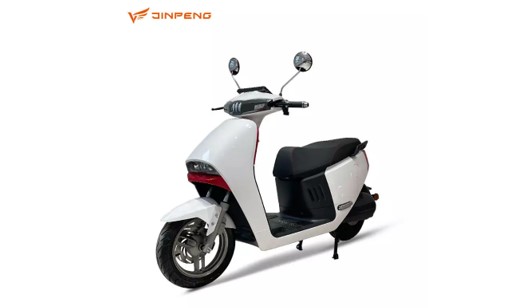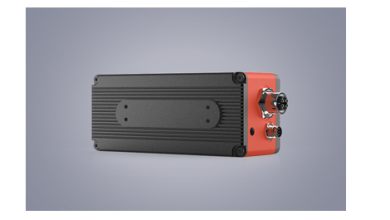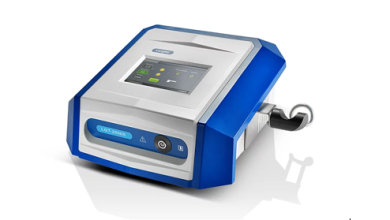Why Is 3d Printing Useful?
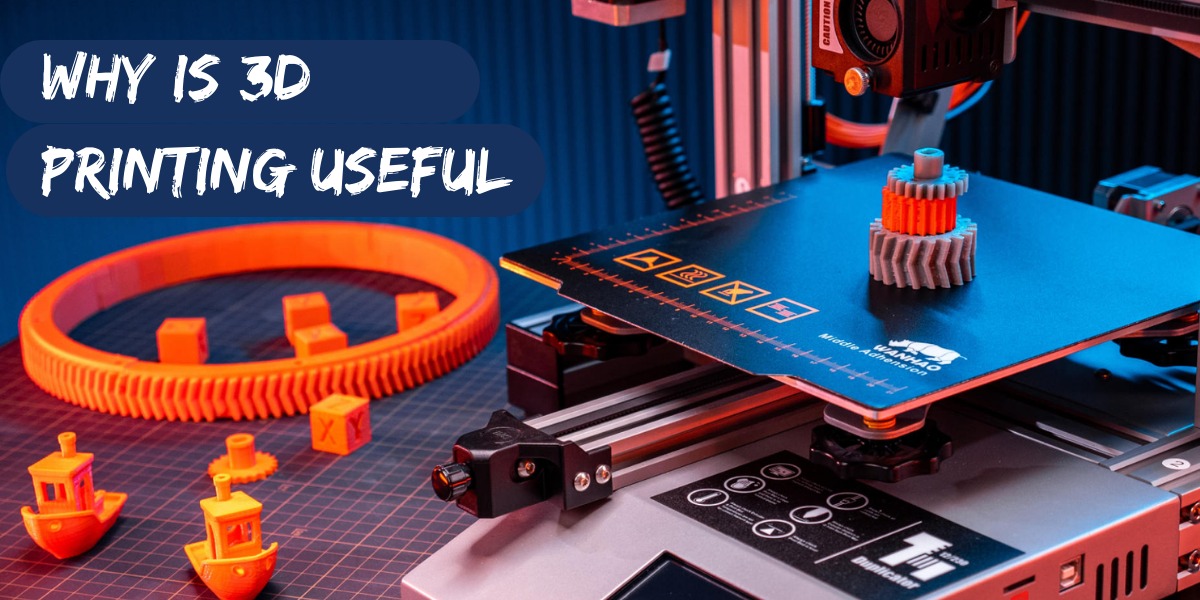
There’s something magical about holding a physical object that you’ve created from scratch. With 3D printing, this is now easier than ever before! By transforming digital designs into tangible objects, 3D printing has revolutionized the way we produce and create things today. But why is it so useful?
In this blog post, we’ll explain how 3D printing can help solve real-world problems, save time and money in the manufacturing industry, and even change lives through medical advancements. So buckle up and get ready to discover why 3D printing is more than just a cool gadget – it’s a game-changer for our world!
What is 3D printing?
3D printing, also known as additive manufacturing, is a process of making three-dimensional solid objects from a digital file. The creation of a 3D-printed object is achieved using additive processes, whereby successive layers of material are laid down in different shapes. 3D printing is the opposite of subtractive manufacturing, which involves taking away layers from a piece of material to create an object.
Additive manufacturing has been around since the 1980s, but it was not until the early 21st century that the technology began to be used on a large scale. Today, there are many different types of 3D printers available on the market, each capable of printing objects made from different materials.
Depending on the printer and the materials used, 3D-printed objects can be either strong and durable or fragile and delicate. There are many different applications of 3D printing technology.
Some common examples include creating prototypes for new products, manufacturing customized parts for machines or vehicles, and even creating entire buildings or structures. In recent years, 3D printing has also been used to create medical implants and prosthetics, as well as food and fashion items.
As the cost of 3D printers continues to fall and the range of capabilities continues to increase, it is likely that additive manufacturing will become increasingly commonplace in a wide variety of industries and applications.
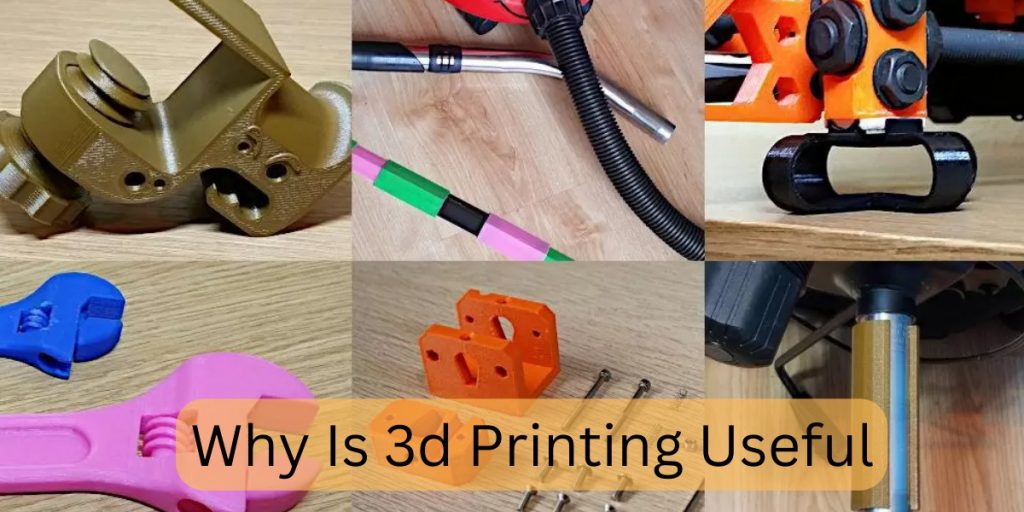
Best 3D design and printing company In Dubai
C3D Printing is a 3D design and printing company based in Dubai, UAE. C3D offers a wide range of 3D design and printing services to businesses and individuals, enabling them to turn their ideas into reality.
C3D’s team of experienced designers uses the latest software and technology to create high-quality 3D designs that are optimized for 3D printing. C3D also offers a wide range of materials and finishes, so you can customize your product to suit your needs.
Contact C3D Team today to learn more about 3D printing services. C3D uses the latest 3d printing technology to produce high-quality results that are sure to impress. Contact us today to learn more about our 3d printing services Dubai.
3D Printing for Rapid Prototyping
Rapid prototyping is an essential process for businesses that need to quickly develop and test product prototypes before moving into production. 3D printing technology has revolutionized the field of rapid prototyping, offering faster turnaround times and more cost-effective solutions.
C3D 3D printing company in Dubai provides a range of 3D printing services, including rapid prototyping, to businesses of all sizes. With their advanced 3D printing technology and experienced team, C3D can produce high-quality prototypes in a fraction of the time it would take using traditional manufacturing methods.
This allows businesses to iterate and refine their designs quickly, reducing time to market and ultimately increasing their chances of success.
How does 3D printing work?
Three-dimensional printing, also known as additive manufacturing, is the construction of a three-dimensional object from a digital file. The creation of a 3D-printed object is achieved using an additive process, where successive layers of material are laid down in different shapes.
3D printing is the opposite of traditional subtractive manufacturing, which involves cutting away materials to create an object. With 3D printing, objects are created by adding layer upon layer of material until the desired shape is achieved.
The first step in creating a 3D-printed object is to create a digital file using computer-aided design (CAD) software. This file is then fed into a 3D printer, which reads the data and creates the object layer by layer.
3D printers can use a variety of materials, including metals, plastics, and even human cells! The type of material used will depend on the intended application of the final product.
3D printing has many benefits over traditional manufacturing methods. It is faster, more versatile, and less expensive. Additionally, 3D printing does not require expensive tooling or molds like traditional manufacturing methods do. This makes it ideal for prototyping and small-batch production.
What are the benefits of 3D printing?
3D printing technology has a wide range of potential applications in different industries, from healthcare to aerospace. Here are some of the potential benefits of 3D printing:
- Reduced production costs: With 3D printing, there is no need for expensive tooling or molds. This can lead to significant cost savings for manufacturers.
- Increased design freedom: 3D printing technology allows for much more complex designs than traditional manufacturing methods. This gives designers and engineers greater freedom to create innovative products.
- shorter lead times: Because there is no need for tooling or molds, 3D-printed products can be created much faster than those produced using traditional methods. This can lead to shorter production lead times and quicker time-to-market for new products.
- improved product quality: 3D printed products can have superior strength and accuracy compared to those produced using traditional methods. This is due to the fact that 3D printers can create parts with very tight tolerances.
- reduced waste: With traditional manufacturing methods, a lot of material is wasted as it is cut away or machined to create the desired shape. With 3D printing, however, only the material that is actually used in the final product is consumed, leading to less waste overall.
Some examples of where 3D printing is used
- 3D printing is used in the medical field to create prosthetics, implants, and models for surgeries.
- In the automotive industry, 3D printing is used to create prototypes and small parts.
- In aerospace, 3D printing is used to create engine parts and other components.
- In architecture, 3D printers are used to create models of buildings and bridges.
- In education, 3D printers are used to create models and prototypes for students to learn from and experiment with.
Are there any disadvantages to 3D printing?
3D printing technology is still in its infancy, which means that there are bound to be some disadvantages. One of the main disadvantages is the cost of 3D printers and materials.
While the price of 3D printers has come down significantly in recent years, they are still quite expensive for the average consumer. In addition, the costs of 3D printing materials can be quite high, especially if you need to use a lot of them.
Another disadvantage of 3D printing is that the technology is still not perfect. There can be issues with accuracy and print quality, which can be frustrating for users. Additionally, 3D printers can be quite slow, so if you need something printed in a hurry, it may not be the best option.
Masstamilan offers a vast collection of Tamil songs for music enthusiasts. With easy download options, it caters to diverse preferences. Consistently updating its database, Masstamilan ensures a great music listening experience. Explore the site for a seamless journey through the world of Tamil music.
Conclusion
3D printing has revolutionized the way we design, manufacture, and commercialize products. The ability to quickly and easily create physical objects from digital designs has made it possible for businesses to rapidly test ideas, prototypes, and end products.
By taking advantage of this technology, companies can save time and money in their production process as well as create unique items that are custom tailored for each customer’s needs.
With its endless possibilities, 3D printing is sure to continue transforming the manufacturing industry in years to come.
